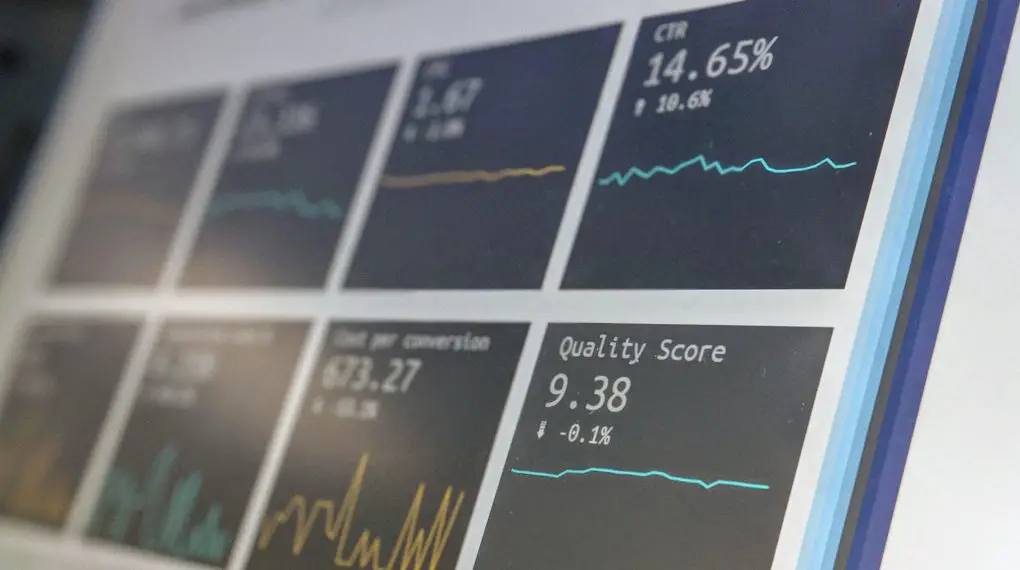It is the common wisdom that traders are looking for investments that are predicted to rise. They can make investments and then after the price rises, cash in on the profits. However, it is important to note that money can also be made when prices are falling. When you see the prices of foreign currency or some other asset falling, a downtrend is in progress. Learning how to identify a downtrend is the first step in taking advantage of it. Of course, if you have invested in that asset, then you would want to make a quick exit so as to avoid losing even more money. But this article is about how to profit from downtrends.
Types of Downturns
Downtrends typically move in waves, and there are different types of waves, depending on the amounts. An impulse downtrend is in large increments, such as a foreign currency price going from $20 down to $15 and then maybe there will be a correction that brings it back up to $17 before settling at $16.50. Each one of those price changes is referred to as a wave. To catch a wave, a savvy trader will watch for new information and try to determine if the downturn will be predictable. In some cases, it might go higher, and then go even higher again, or do something else that is not expected. In that case, it’s best to step back and wait. However, if an impulse wave is on the downside, it could b best to short sell when the corrections are lower. If the waves on an impulse downtrend are not going up or down, then that price is moving sideways.
Managing a Downturn
In general, there are three steps that will help you decide if the up and down waves you are witnessing represent a true downtrend. The first step is that the trendline will stop in its tracks. Even if it has not changed direction, it is a big “Caution” sign to watch for. After that, you might see a retest that leads to failure. We would expect to see an asset that is in an uptrend showing higher highs and its lows will be lower. If it stops doing so, this is the next warning sign. If the price retests the prior high and fails, it means that it has stopped making the higher highs or lower lows. But we’re still not sure if we’re witnessing a true downtrend. The third and final step is when the price of the currency pair falls below its previous low. If those three steps are fulfilled, then you can assume that an asset that was going along nicely in an uptrend suddenly turned into a downtrend. It has stopped making either lower highs or lower lows. Recognizing these movements will help you trade on the correct side of the trend. So, research and study will be the key to recognizing those movements.
Watch carefully to see what happens next and if the picture is right, you can enter into short positions and realize nice profits.
